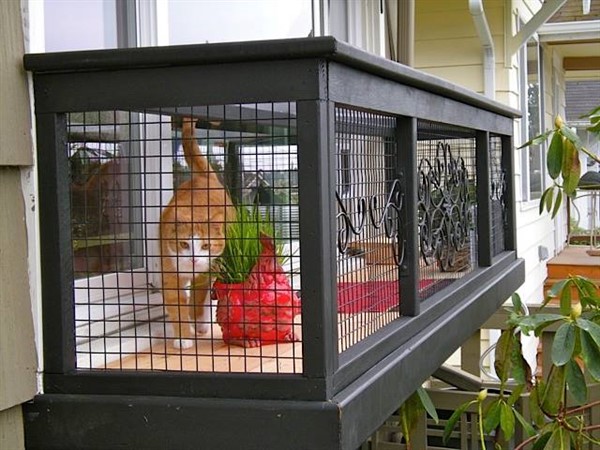Creeping Wire Vine is one of the stunning plants in the plant kingdom. This houseplant can almost suit anywhere. For example, it can be a ground cover coming out from split rocks, while cascading from the edge of a garden wall. This flowering plant is also grown indoors. Provided proper conditions, it could simply adapt to such places. This houseplant has different names like Sprawling Wire Vine, Matted Lignum, Angel Vine, Mattress Vine, and its scientific name is Muehlenbeckia Axillaris. This flowering plant is native to New Zealand as well as a few cities in Australia. What’s more, with such plants, you can think of performing art. Namely, it may turn into an animal topiary.

General Information
Creeping Wire Vine generally develops spreading reddish-brown wires, and each bears a lot of green, small rounded leaves. In spring, it blooms white. If well-cared, this houseplant gives fruit in summer. Given its height, it differs between 2 inches to 6 inches (5 – 15 cm). Also, its spread changes between 18 – 24 inches (45 – 61 cm) in general. In terms of its life cycle, it is a perennial plant such as Whale Fin Snake and String of Pearls. As a note, it is one of the poisonous plants like Coral Bead Plant. For that reason, you have to be careful about your dogs and cats.

How to Care for Muehlenbeckia axillaris
Sunlight: Creeping Wire Vine shouldn’t get direct intense sunlight. Instead, it should be in semi-shade locations. For example, north-facing windowsills would probably be a good spot for it. As a note, if the same parts of the plant take sunlight continuously, it grows irregularly over time. To prevent this problem, you should rotate the pot twice a week, and pinch off the overgrown wires.
Watering: Its soil should be kept moist. Notably, it needs weekly watering in its growing seasons. In winter, it should be watered sparingly because of going dormant in such times. More importantly, the stagnant water may bear a risk for this houseplant. With the proper drainage, you can save your potted plant from this threat.
Humidity: Even though it tolerates dry air conditions to a certain degree, it likes humidity. To sustain the humidity level indoors, you can benefit from automatic humidifiers, wet pebbles trays, and water sprays. Also, for such plants, sphagnum moss poles are effective humidity means. By pinning stems on the pole, not only do you keep this plant humid, but you can also manage it.
Temperature: The optimum temperature range for this houseplant is 65°F – 75°F (18°C – 24°C). Also, it could resist down to 10°F (-12°C). According to the USDA plant hardiness map, this plant grows outdoors better in zones 5 – 9.
Soil Type: As long as the potting soil is well-drained, all kinds of soil can suit this houseplant. If required, you can reinforce the current soil with various soils, with organic components. Well-known ones are perlite, vermiculite, peat, and so on.
Fertilizer: All-purpose fertilizers would work. Specifically, Fast-release and water-soluble ones are quite more effective than other types. In its growing seasons, you can administer it monthly. However, overfertilizing would probably give harm to this houseplant. For that reason, you should also be aware of that danger.
Propagation: There are two ways to propagate this houseplant. The first one is to start from its seeds. In this way, the plant demands a little patience from newbies. But it grows with you, and you may have a chance of observing its every growth stage. The other one is stem cuttings. For that, cut each stem, with three leaves at least. Afterward, share them per pot.
Repotting: Repot the plant once two years in spring. But in doing so, you should mind its roots. Because it can enter shock. To avoid this mistake, you must water the plant the day before.

Common Problems
Topping up too much water: Too much water exposure is already the vulnerable part of this houseplant. If the excess water doesn’t evacuate from the drainage holes of the plant, the plant’s roots drown.
Discoloration: Generally, this problem emerges from overwatering, poor drainage, and so forth. Also, nutrient deficiency and insufficient nitrogen levels in the potting soil can lead to this problem.
Pest infestation: Thrips, whiteflies, scales, aphids, and so forth suck the plant’s juice. Unless removed, they kill the plant step by step. First of all, the plant’s leaves turn green to yellow. Then they wilt and drop. In the end, the plant dysfunctions and dies.
Suggestions for problems
To avoid overwatering, you should be loyal to the plant’s watering schedule. When such accidents happen, check out the plant’s roots are alive or not. If the plant maintains its life functions, refresh the potting soil. If the leaf color turns yellow, cut off the yellow parts. Then go on its routine care. When it comes to pest-infested plants, you can use peppermint oils, insect traps, UV purple lights, and so on. When you get rid of them, clean the plant’s leaves with a damp cloth monthly.
























